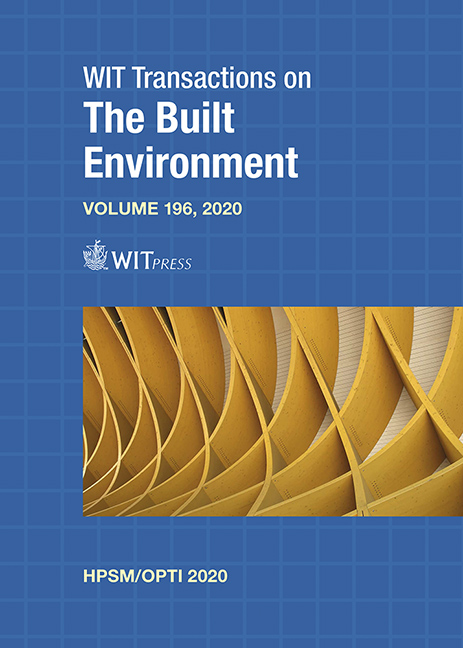DESIGN METHODOLOGY FOR ENGINEERING STRUCTURES FEATURING AUTOMATIC DESIGN CONCEPT GENERATION BY CONSTRAINT PROGRAMMING AND OBJECTIVE RANKING BY MULTI-ATTRIBUTE EVALUATION
Price
Free (open access)
Transaction
Volume
196
Pages
12
Page Range
193 - 204
Published
2020
Paper DOI
10.2495/HPSM200201
Copyright
WIT Press
Author(s)
CARLOS LÓPEZ, PHILIP EYCKENS, JAN STROOBANTS, VICKY ILIOPOULOU, STIJN JONCKHEERE, BERT PLUYMERS, WIM DESMET, KURT DE GRAVE, JAN GOOS
Abstract
The industrial design process of engineering products faces the challenge of increasingly complex product requirements for a progressively decreasing time-to-market. Many methodologies and tools exist to optimize design from a reference design, but this is far less the case for the early stages of the design. This early stage is characterized by a large uncertainty on many levels: functional requirements, operational conditions, boundary conditions and production process selection and -design. This paper proposes a two-step methodology for the design of beam-reinforced flat panels, with applications in e.g. automotive-, machine- and aerospace industries. The first step consists of automatic generation of beam configurations with varying geometry. This generation is realized by constraint programming, taking a number of design constraints into account, such as non-overlapping beams, connection angles, and (indirect) connectivity of beams to fixed end joints. The second step evaluates the performance of the generated design concepts, taking into account an extensive set of attributes such as cost, mass, manufacturability, robustness, NVH, strength, stiffness and fatigue. The goal is to extract as much information as possible from the concepts in order to list an objective ranking. This ranking assists the designer in determining the best concept to be further elaborated in later design stages. The proposed methodology has been tested in a car door use case, generating and evaluating more than 1000 concepts.
Keywords
multi-attribute analysis, automatic design, constraint programming, lightweight design





